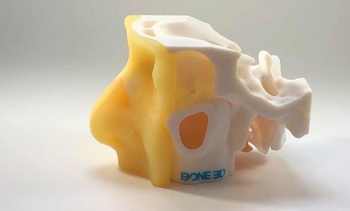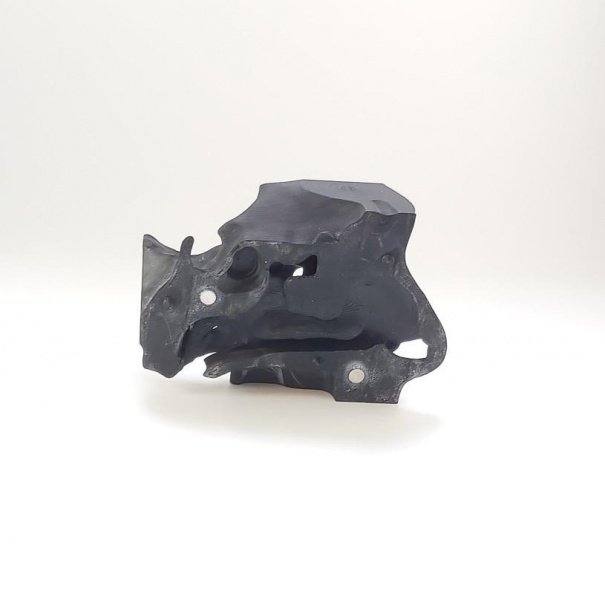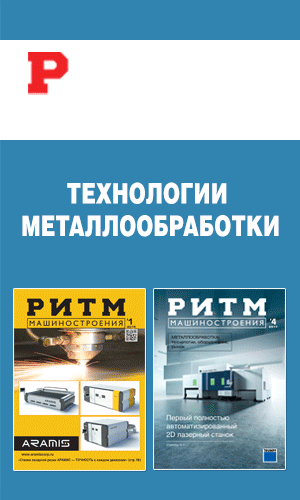
There is an ongoing need to continue COVID-19 tests around the world, to track how the virus is still spreading and to prevent more major outbreaks. As we learned this week, 3D printing not only has a role to play in the production of medical-grade swabs for COVID-19 diagnostics, but it can also help to train non-medical workers to administer the tests, so that they can be scaled up. Singapore-based Creatz3D recently unveiled a 3D printed manikin designed specifically for COVID-19 swab training, and now French company BONE 3D is also stepping up with its own testing model.
The idea behind BONE 3D’s project was conceived by Axel, the 12-year-old son of respected gynaecologist Professor Sananes from the Strasbourg University Hospital. Axel was concerned about the lack of testing solutions in France and wanted to find a way to enable more people to conduct swabbing tests, so the brunt of the work was not only on medical professionals. Professor Sananes saw the potential and reached out to Pr Debry, head of the ENT and cervico-facial surgery department at the Strasbourg University Hospital, as well as with Dianosic, a company specializing in nasal fossa pathologies and BONE 3D, a Paris-based medtech startup that produces 3D printed medical solutions.

The collaborative project, supported by funding from Protege ton Soignant, sought to design and 3D print a nasopharyngeal swab simulator. The now-complete model consists of two clip-on segments which mimic the relevant anatomy of the human head. The compact medical simulator is all about visualization: users can insert the swab and see exactly where it goes and what is supposed to happen.
The swab simulator is 3D printed using multi-material PolyJet 3D printing, which adds not only visual but also sensory feedback, through different textures and hardnesses. The model integrates many anatomical features, including the nasal fossae (and turbinates), the nasopharynx, the soft palate, the face skin and mucous membrane.
BONE 3D has also developed a version of the simulator model which can be 3D printed using FDM systems. This was done in an effort to make the testing model more accessible. In fact, the 3D model for the swab training device can be downloaded for free and reproduced anywhere in the world. The FDM version is less detailed than the PolyJet one, but it still enables users to understand and practice the critical diagnostic procedure.


Nasopharyngeal swab training model 3D printed using FDM technology
Lucie Arboy Klein, Associate Director of BONE 3D, said of the project: “We are very pleased to make these models of nasopharyngeal sampling training accessible to the greatest number of people by making the print files freely available.”



